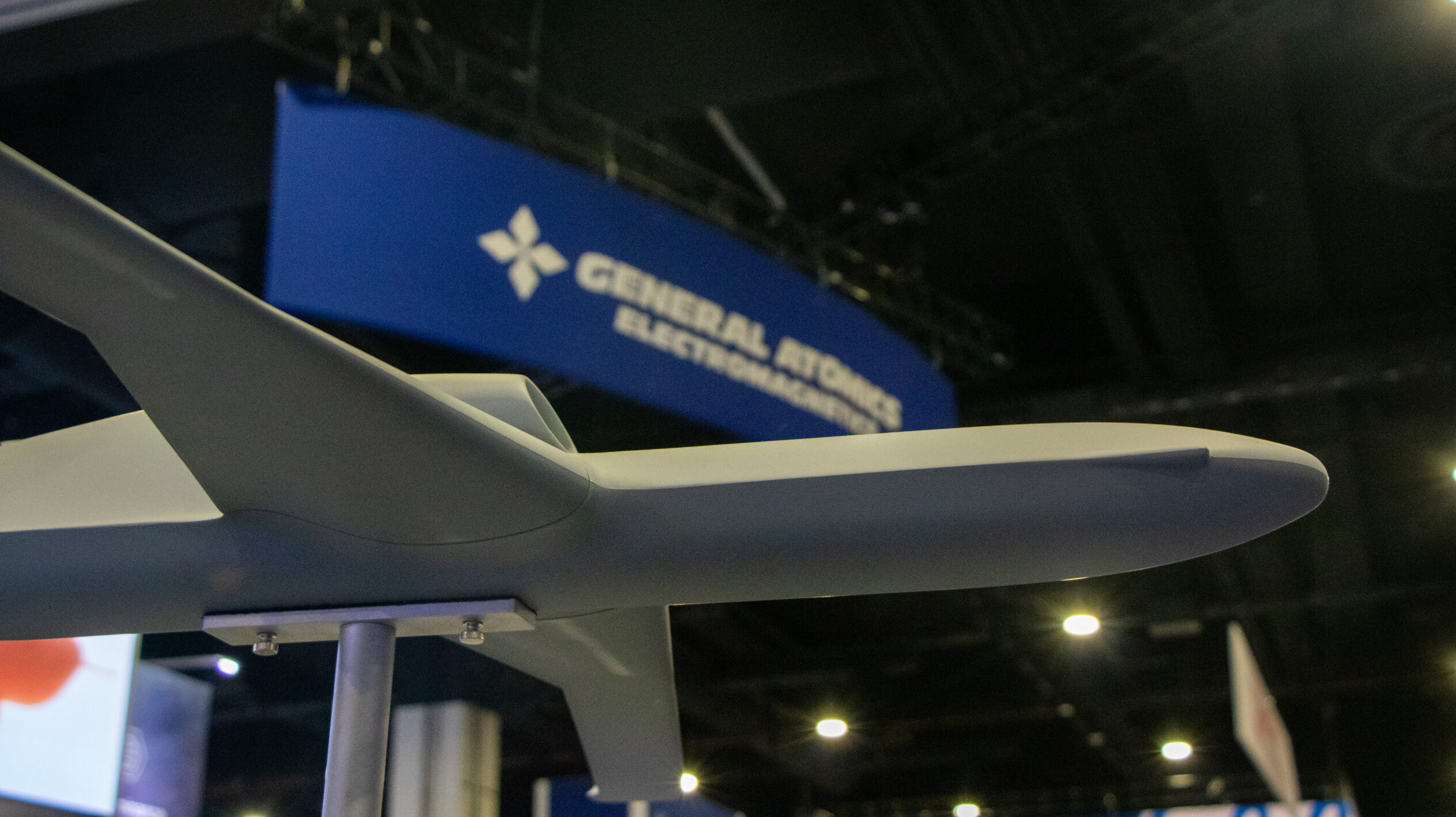Warming seas are carving into glacier that could trigger sea level rise
New research provides a startling look at how warmer
oceans, driven by climate change, are gouging the
West Antarctic’s Thwaites Glacier
The results from overlapping teams of more than two dozen scientists, published Wednesday in two papers in the journal Nature, reveal the extent to which human-caused warming could destabilize glaciers in West Antarctica that could ultimately raise global sea level by 10 feet if they disintegrate over the coming centuries.
Scientists with the International Thwaites Glacier Collaboration, a historic scientific collaboration organized by the United States and the United Kingdom, arrived at one of the safest spots to land on the West Antarctic behemoth in 2019 and 2020, and used hot water to drill through nearly 2,000 feet of ice to the ocean below.
Here, in a region known as the eastern ice shelf, they deployed an ocean sensor at the base of the floating ice shelf and sent down an 11-foot-long pen-shaped robot called Icefin. The vessel collected data and images in an environment in which warm ocean water, in some places more than 2 degrees Celsius above the local freezing point, is weakening the glacier.
The biggest revelation was that the ice melt is very uneven, with relatively slow loss in flat areas on the underside of the glacier. But the warm water entering Thwaites Glacier’s crevasses poses a serious threat, according to Britney Schmidt, a Cornell University scientist who is the lead researcher behind Icefin and deployed it with a group of 12 other researchers who encamped on the ice.
“The warm water is getting into the weak spots of the glacier, and kind of making everything worse,” Schmidt said.
“It shouldn’t be like that,” Schmidt continued. “That’s not what the system would look like if it wasn’t being forced by climate change.”
The new observations emerge from what is the very definition of an extreme environment. In this part of Thwaites Glacier — perhaps its most stable region — 1,900-foot-thick ice lifts upward from the seafloor and spreads over the ocean. Where the ice first departs from the seafloor is called the “grounding line” — the three-dimensional intersection of ice, ocean and bedrock. Outward from there, the floating ice creates a dark cavity that warm seawater and some fish can enter — but that humans cannot.
That’s why the observations from Icefin — which scientists pulled back up the borehole after the experiments and can be deployed again — are so unprecedented and revealing. “That’s the first time we’ve had data from that kind of environment, for Thwaites or any other glacier,” Schmidt said.
They give breathtaking details of what it looks like beneath the glacier.
Near the grounding line, video from the robot shows an underside of the ice that is dark and grainy because seafloor mud and sediment is frozen into it. Further downstream, the robot observed sand and pebbles falling out of the ice as it melted.
Within the crevasses and terraces, the robot captured video of scalloped side walls that resemble a round coffered ceiling.
“The technical achievement of getting this amazing range of data in a very difficult environment, and getting out safely, is just wonderful,” said Richard Alley, a glaciologist at Penn State who was not directly involved in the research.
The unique data and images come from what is arguably the most important ocean-facing glacier of them all — at least so far as humans are concerned.
Thwaites is some 80 miles across and is the exit point for an area of ice larger than Florida. It is, essentially, the heart of West Antarctica, so large that if lost, it could be replaced only by a new Thwaites Sea.
Thwaites has been losing ice at an accelerating pace, based on data provided by Eric Rignot, one of the studies’ co-authors, at the University of California at Irvine.
The rate of loss overall since 1979 has been a little less than 20 billion tons per year, but that has increased to more than 40 billion tons since 2010, according to the data Rignot provided.
“This robot is getting to the hard places where we need to go to understand the future of the continent,” Rignot said. “We cannot understand what we cannot observe and measure.”
The terraced and scalloped features are generally not included in the simulations, or models, which attempt to forecast what the all-important Thwaites Glacier system will do in the future, the new research noted.
That’s critical because as the ice flows outward over the ocean — that is why this part of the glacier is called an ice shelf — crevasses that begin at the grounding line grow and develop over the course of this motion.
“This melting that starts right at the grounding line in crevasses is really important for what happens downstream,” Schmidt said. “Downstream, where it’s falling apart, these crevasses become these giant features.”
In the main trunk of Thwaites — where the seafloor is deeper and the glacier’s movement much faster, and which is difficult to safely reach — the floating ice shelf has largely collapsed. In the calmer eastern region, where the research took place, it is still intact but features large cracks.
In both regions, the grounding line of the glacier is retreating toward the center of Antarctica. And in both regions the glacier is out of balance, meaning it is getting thinner, and losing more ice to the ocean than is being replaced by flow from the inland parts of Antarctica.
When it comes to the Icefin robot, “my hope is that we will have a chance to take it to [the] main trunk of Thwaites, which is harder to get to, but also more important (deeper, warmer, moving faster, etc.),” Rignot said in an email. “These studies show it can be done and that we learn enormously from it.”
There was some good news in the research: In areas measured beneath Thwaites that were not characterized by crevasses and terraces, the melt rates were fairly slow. That’s because cold fresh meltwater created a protective layer that insulated the ice from the warmer water below — which could mix up into the crevasses but was thwarted in the more linear environment. Thus, nearly a third of melting occurred in the crevasses, the scientists calculated.
And the slower melt rate outside of them is not much consolation, considering that this slow rate may not be characteristic of the faster-changing part of Thwaites, and at any rate does not change the fact that the glacier is losing ice and retreating.
“What the results show is that you don’t need a large increase in melting to drive rapid retreat,” said Peter Davis, a researcher with the British Antarctic Survey who led a second paper published with Schmidt’s by a largely overlapping team of scientists. “You just need to shift it out of equilibrium.”
Scientists consulted by The Washington Post had different readings of what the new research means for our overall understanding of what Thwaites Glacier will do to coastlines in our coming lifetimes.
For Ted Scambos, a glaciologist at the University of Colorado, the results from the International Thwaites Glacier Collaboration dampen somewhat the fear of catastrophic collapse of the glacier any time soon. It is retreating and that may not be stoppable, Scambos said, but the pace will still be manageable in coming decades.
“While we might see only a moderate add-on to sea level rise in the next 50 years, the processes are real, and the triggers for accelerating the collapse are bound to occur,” he said. “But we have also seen how to apply the brakes, what parts of the climate and ocean system are the main drivers, and what makes them drive. … We have some time to get this under control. Otherwise, the century of our grandchildren’s children will be very, very difficult.”
Alley, the glaciologist at Penn State, had a somewhat different overall outlook — that at least we are finally learning how these gigantic glaciers work.
“Overall, these papers don’t really change my level of worry about Thwaites collapse or not,” Alley said. “But the papers increase my optimism that we can make sense of this incredibly difficult and important system, and improve our ability to project what it may do in the future.”















/cdn.vox-cdn.com/uploads/chorus_image/image/71980792/GettyImages_1247144267.0.jpeg)
:no_upscale()/cdn.vox-cdn.com/uploads/chorus_asset/file/24435866/GettyImages_1246796299.jpeg)
:no_upscale()/cdn.vox-cdn.com/uploads/chorus_asset/file/24435845/GettyImages_1247144578.jpeg)